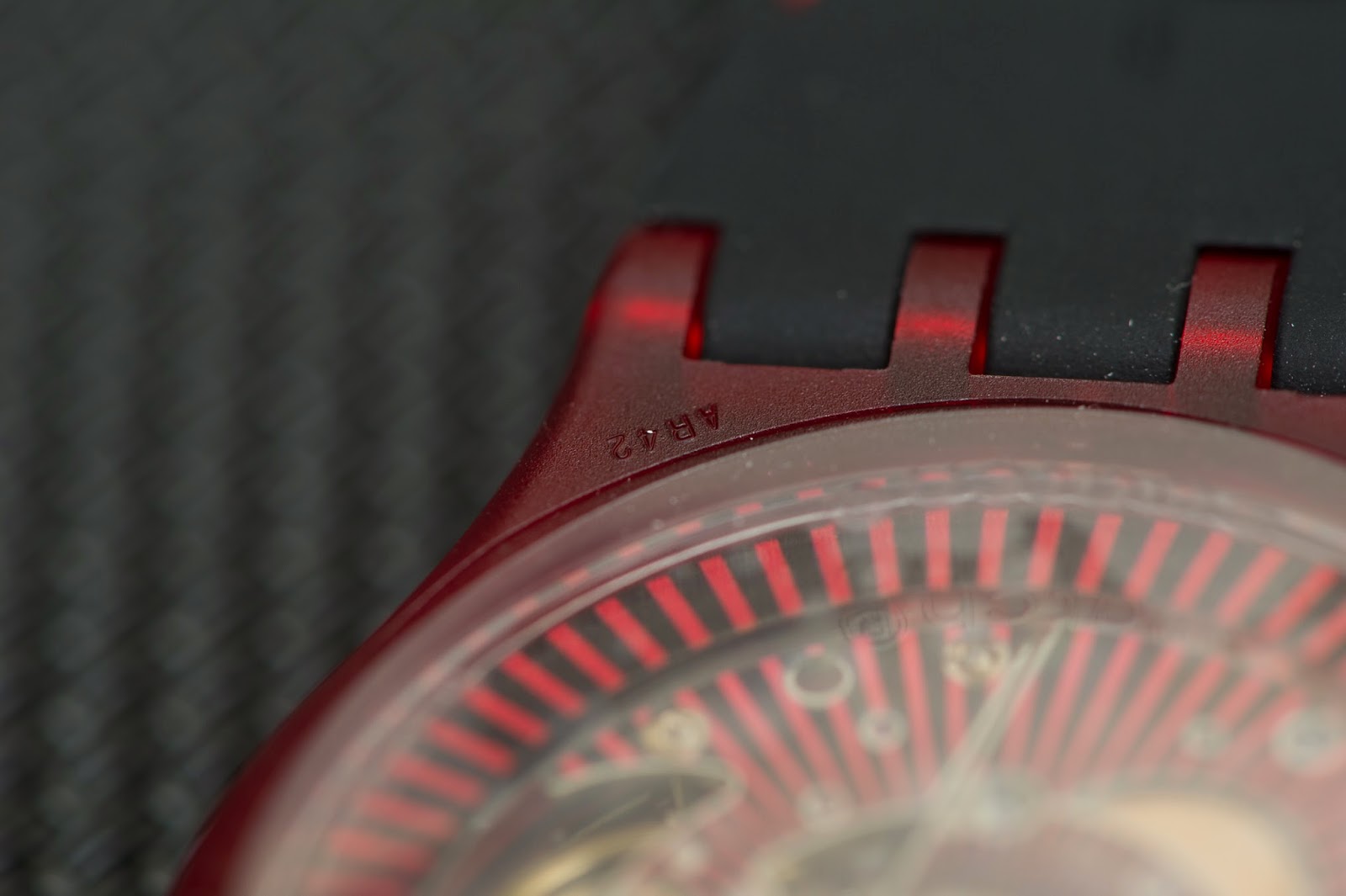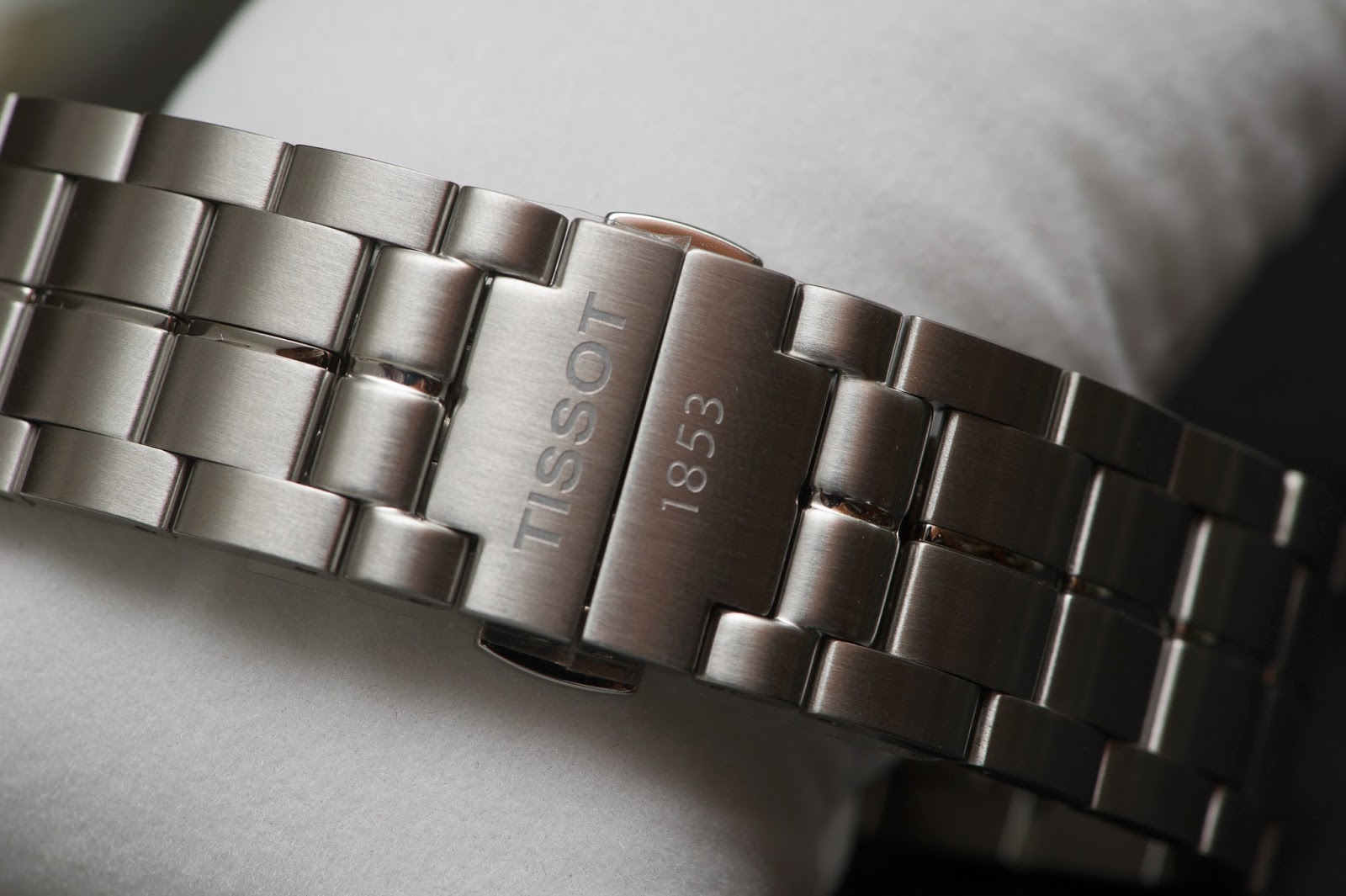Nonetheless in February of 2016 I started to go into horological remission and thought to myself about what kind of watch I wanted to get me back into the foray. There was only one clear choice: A stainless steel Daytona 116520. I was lucky enough that my local boutique in Markham near Toronto had one in stock and I gladly bought it with its gleaming white dial.
This is the second time I've owned this watch and I started to better understand what appealed to me so much about it. The merits of a watch for me come from four elements: technical, aesthetics, craft, and provenance. The Daytona excels in almost all of these elements.
The competition
There is no real competition with the Rolex Daytona in its price range. While there are watches that match some of its characteristics I cannot think of another column wheel, vertical clutch chronograph with a free sprung overcoil hairspring that is under 40 mm in diameter which exceeds COSC in performance for under 15000 USD. The closest may be Omega's I've owned a surprisingly few number of chronographs but handled many. The most prominent pieces I have experience with today are Breitling's B01 (also found in Tudor), the venerable Valjoux 7750 (as experienced in the 2 MIH watches I owned), the Patek annual calendar chronograph, and the Rolex 4130. Modular chronographs are plentiful but I do not consider purchasing them due to serviceability concerns and just believing it to not be an elegant solution.The Breitling B01, while robust and modern, has a fatal flaw: The reset pusher. The pusher is very stiff and almost feels like the watch is malfunctioning. The hairspring is also a flat hairspring but the timing is generally fine.
The 7750 is robust but as a cam actuated chronograph with a plastic parts creates a mental block for me. To be fair, Rolex use Teflon, a polymer, on their characteristic red reversing wheels. The feel of the chronograph is adequate but I've never found them to be pleasurable to push. Finishing and chronometric performance varies widely on the grade of the movement and the manufacturer. The biggest issue I have with the 7750 is its size, at 30 mm x 7.9 mm the 7750 is generally housed in cases above 42 mm diameter and 14 mm thick. With sissy wrists, these are far too large for me.
The Patek is a work of art but the pricing is exorbitant and beyond reach for most mortals. The feel of the pushes, fit and finish, and chronometry cannot be faulted. But at 50,000 USD and up on the secondary market, I cannot see a good value proposition here.
Focusing on the Daytona
The movement

Finishing of the 4130 is decent and improved since the 4030 with more finished surfaces. However, the finishing is nothing to write home about with no anglage, black polishing, or chamfered screw slots. Since all unmodified Daytonas have a solid back, I see the finishing as acceptable for the price.
The aesthetics
Why I went back
I don't care much for provenance. While the Daytona has a "heritage" of a true racing chronograph to me much of this is marketing hype. In 2017 (or 2000 for that matter) no professional or amateur racing event was being timed on mechanical chronographs and there's no need to pretend that atomic clocks and temperature compensated quartz timekeeping does not exist. The value of the Daytona is exactly of because how it is able to evolve and endure in an age where the smartphone is an extension of the human body. The fit and finish of the watch is sublime, the robustness of the watch and bracelet is superb, and the timekeeping is worry free. For me, there is no better value than a Stainless Steel Daytona.
There could be no better watch to get back into mechanical horology again. The no-frills nature of the Datyona bears striking resemblance to the Apple Watch's intuitive nature. They could not be more different a product but it is no sin to love both.








































